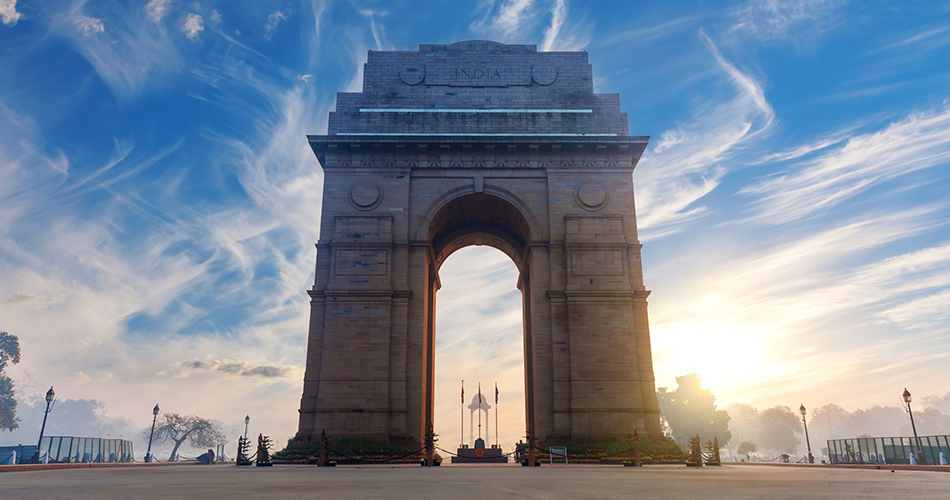New Delhi is the capital of India and the largest metropolis in northern India. It is also one of the most populous cities in the world with a population of 26.2 million as per 2011 census. New Delhi is famous for its rich culture, cuisine, and monuments such as Qutub Minar, Humayun’s Tomb, Lotus Temple and Red Fort.
New Delhi has many tourist attractions that make it a popular destination among travelers.
Book taxi service in Delhi for local seightseing and outstation with Rinocab.
Top places for sightseeing and things to do in Delhi
Delhi is a city that offers a wide variety of sights and activities to visitors. It is the perfect place to explore and get lost in.
Top places for sightseeing in Delhi:
1. Red Fort
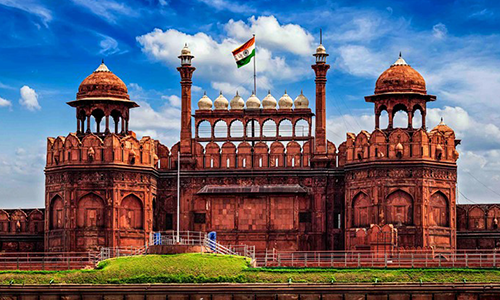
The Red Fort is a historical fort in Delhi, India. It was built by Mughal emperor Shah Jahan in 1648 and served as the residence of the emperors for nearly 200 years.
The Red Fort is an iconic structure that was constructed on a huge scale with red sandstone and white marble. The fort has four gates, each one of which opens to a different entrance – the Lahore Gate, the Kabul Gate, the Delhi Gate and finally the Kashmiri Gate.
2. Qutub Minar
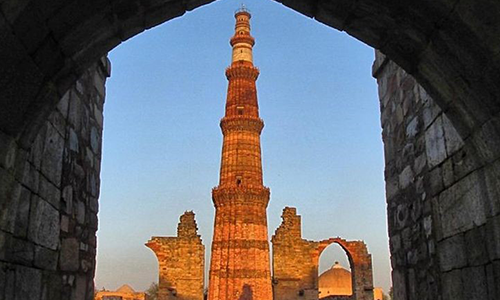
The Qutub Minar is a minaret in Delhi, India. The tower was constructed in 1193 CE by Qutbuddin Aibak, the first Muslim ruler of Delhi.
The Qutub Minar is a UNESCO World Heritage Site and it has been visited by many tourists from around the world.
3. The Lotus Temple
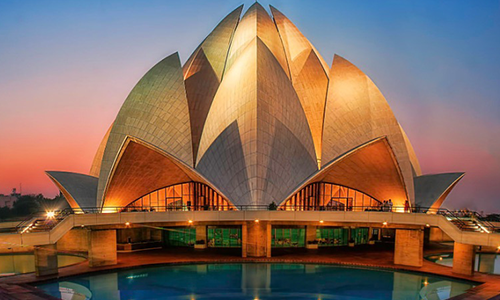
The Lotus Temple Delhi is a Hindu temple in the New Delhi district of India. It is made of white marble and has a lotus flower-shaped plan.
The Lotus Temple was built by the Indian independence movement leader, Lala Lajpat Rai, in memory of his dead son, who was killed during an attack by a British soldier in 1893. The temple is dedicated to Shiva, Vishnu and Brahma – the Hindu Trinity.
The Lotus Temple Delhi is one of the world’s largest religious complexes and draws millions of visitors each year. The temple is open for 24 hours a day and has facilities for Hindus to pray at any time.
4. India Gate
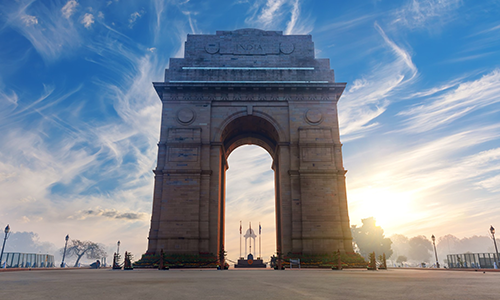
India Gate is a prominent landmark in Delhi, India. The monument was built in 1931 and is a symbol of the Indian nation.
India Gate is a prominent landmark in Delhi, India. The monument was built in 1931 and is a symbol of the Indian nation. It has been designed by Lala Hans Raj, who also designed the Parliament House building.
The monument has two parts – an archway with four pillars representing the four major religions of India and two wings that represent political power. There are many sculptures on its walls that represent various aspects of life in India at different times and places.
5. Jama Masjid
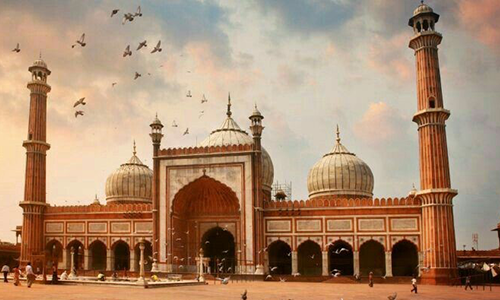
Jama Masjid is a mosque in New Delhi, India. It is the largest mosque in India, and one of the largest mosques in the world.
The mosque was built by Mughal emperor Shah Jahan in 1644. The mosque was originally called “Masjid-i-Jahan Numa”, meaning the “Mosque of the Great King”.
The Jama Masjid is an example of Islamic architecture that combines Indian and Persian styles. The elegance and beauty of its architecture has led to it becoming a UNESCO World Heritage Site since 1984.
6. Akshardham Temple
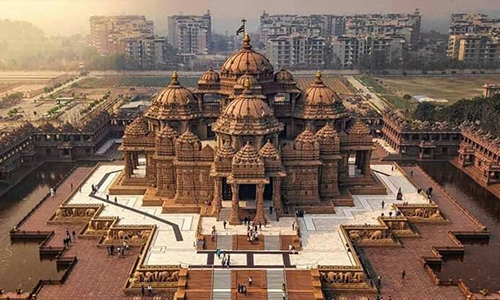
Akshardham Temple Delhi is a Hindu temple that was built in the year 1986.
The Akshardham Temple is one of the most popular tourist destinations in India. It is a monument to the Hindu faith and has been visited by millions of people from all over the world. The temple stands at a height of 51 meters and covers an area of 11,000 square meters. The architects designed it to be like a multi-colored lotus flower on water, with its petals shaped into intricate patterns that represent different aspects of Hinduism.
7. The National Museum
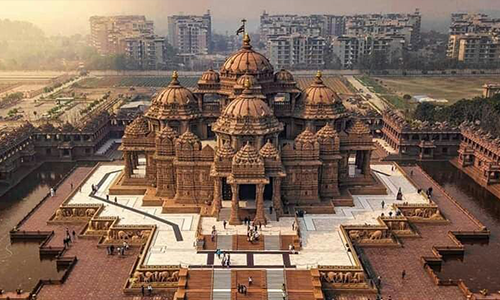
The National Museum Delhi is a museum established in 1818, which is one of the oldest museums in India.
The museum has a collection of over 2.5 lakh objects and about 10,000 manuscripts and books. It also houses an art gallery with paintings from the 17th century onwards, sculptures, coins and medals. The museum has been named as the most visited museum in India.
8. Jantar Mantar Observatory
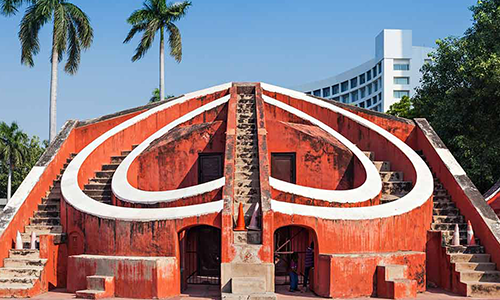
The Jantar Mantar Observatory was built by the Mughal Emperor Shah Jahan in 1628 as part of his grand design for New Delhi, which included other significant buildings such as Jama Masjid and Qutab Minar. The observatory consists of three separate structures: a primary tower with a height of about 50 metres (164 ft), a secondary tower about 25 metres (82 ft) high, and an octagonal building with four pillars each having an opening from which to observe the sky.

